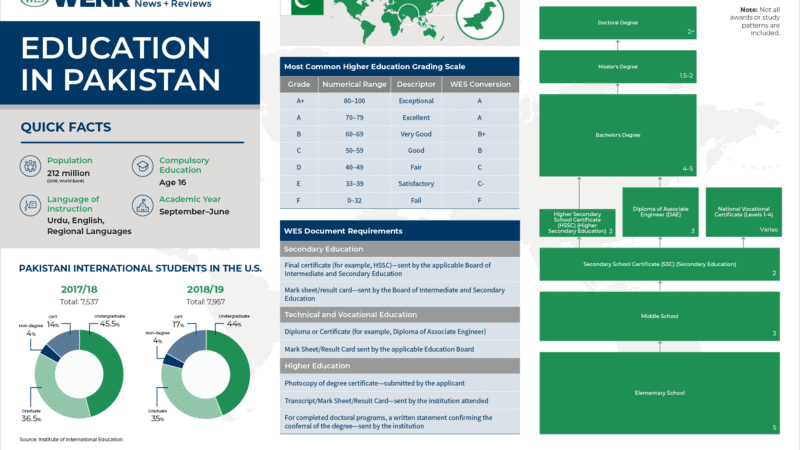Petrol Prices in India: A State-Wise Breakdown of Actual Costs and Taxes
Fuel prices in India have always been a topic of discussion due to their direct impact on transportation costs, inflation, and overall economic stability. The cost of petrol varies across states due to differences in taxation policies. While the central government imposes a uniform excise duty, state governments levy their own taxes, leading to price variations.
This article provides a comprehensive breakdown of petrol prices across different Indian states, including base prices, central and state taxes, and their impact on the final retail price.
Components of Petrol Pricing in India
The retail price of petrol is determined by multiple factors, including:
1. Base Price – The cost at which oil marketing companies (OMCs) sell petrol to dealers. This depends on international crude oil prices, refining costs, and the exchange rate of the Indian Rupee against the US Dollar.
2. Excise Duty – A fixed tax levied by the central government on every liter of petrol sold.
3. Dealer Commission – A fixed margin paid to petrol pump owners, which varies slightly based on location
4. State Value Added Tax (VAT) – This varies across states and significantly influences the final price. Some states impose a percentage-based VAT, while others apply a fixed amount per liter.
State-Wise Petrol Prices and Taxation in India
Petrol prices are different in each state due to variations in state taxes and local levies. Below is a detailed breakdown of the petrol prices in major Indian states as of 2025.
Note: Prices are indicative and may change due to fluctuations in crude oil prices, currency exchange rates, and government policies
How Taxes Impact Fuel Prices
1. Central Government Taxes (Excise Duty)
The central government imposes a fixed excise duty per liter of petrol.
As of 2025, the excise duty on petrol is ₹19.90 per liter.
2. State Government Taxes (VAT & Additional Cesses)
State governments impose VAT, which varies widely
Some states also impose additional cesses, such as road development cess, employment cess, and pollution cess.
For example, Andhra Pradesh levies ₹4 per liter as a road development cess, while Kerala has a ₹2 per liter social security cess.
3. Dealer Commissions
Petrol pump dealers receive a commission per liter of fuel sold.ű
As of 2025, the dealer commission on petrol is around ₹3.80 – ₹4.50 per liter, depending on location.
Why Petrol Prices Vary Across States
1. State Tax Policies: States with higher VAT rates have more expensive petrol.
2. Transportation Costs: Remote states or Union Territories (like Andaman & Nicobar Islands) face higher prices due to increased logistics costs.
3. State-Specific Cesses: Some states add extra charges, such as road cess or employment cess, increasing the final cost
4. Oil Marketing Company Pricing: Different oil companies may have slightly different base prices depending on supply chain efficiellk
How Fuel Price Hikes Affect Consumers
1. Increased Inflation: Higher petrol prices lead to increased transportation costs, raising prices of essential good
2. Higher Commuting Costs: Personal and commercial vehicle users bear the brunt of rising fuel prices
3. Government Measures to Control Petrol Prices
To manage high fuel prices, the government can take the following steps:
Reduce Excise Duty: Lowering central excise can immediately bring down fuel costfuel
State VAT Reduction: States can cut VAT to make petrol more affordable.
Oil Reserves Utilization: India can use its strategic petroleum reserves to stabilize prices during global crude fluctuations.
Encouraging Alternative Energy: Investing in electric vehicle infrastructure can reduce dependence on petrol.
Conclusion
Petrol prices in India are significantly influenced by central and state taxes, making them vary across states. While some states have relatively lower taxes, others impose high VAT and additional levies, making petrol more expensive. Given the rising demand for fuel and fluctuations in global crude oil prices, the government must balance revenue generation with consumer affordability.
For consumers, understanding fuel pricing helps make informed decisions, whether it’s choosing a fuel-efficient vehicle, switching to public transport, or exploring alternative fuels like electric vehiclesxc;





